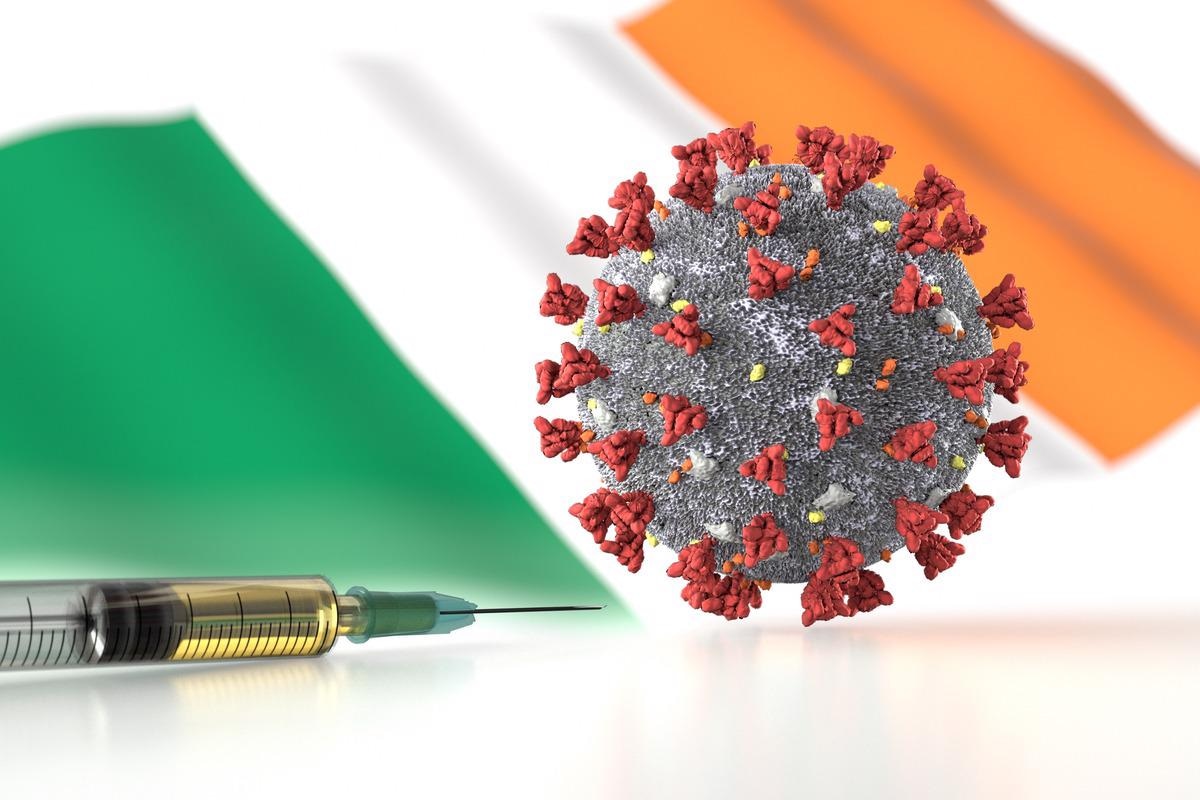Study shows SARS-CoV-2 transmission in Ireland before first official COVID-19 report
Blood donor studies can provide valuable epidemiological data on the dynamics of viral transmission and help screen healthy populations for antibodies to newly emerging infections. Detailed seroprevalence data is crucial for developing efficient vaccination strategies and evaluating the effectiveness of various infection control strategies. The significance of donor age, geographical location, and blood group were also analyzed.

Study: Confirmed circulation of SARS-CoV-2 in Irish blood donors prior to first national notification of infection. Image Credit: Orpheus FX/Shutterstock
About the study
In a recent study published in the journal of Clinical Virology, researchers used blood donor specimens to track and provide evidence of the SARS-CoV-2 antibody transmission in the Irish blood donor population before the first official case was reported.
The blood samples of 8,509 eligible donors aged 18 to 70 years and who do not have known exposure to COVID-19 in the previous 28 days were collected from all the 26 counties of the Republic of Ireland from the Irish Blood Transfusion Service (IBTS) between February 2020 and September 2020. The basic demographic details such as age, donation clinic, ABO blood group, and anti-D Rhesus D (RhD) status were also retrieved from the IBTS management system.
The blood samples were screened for SARS-CoV-2 antibody/immunoglobulin (AB/Ig) using SARS-CoV-2 IgG qualitative assay, SARS-CoV-2 IgG II quantitative assay, and SARS-CoV-2 total antibody assay from Abbott Diagnostics. A testing algorithm was designed to assign donors as confirmed positive or confirmed negative. According to the designed algorithm, a sample was confirmed negative if all the three screening assays identified it negatively while a confirmed positive sample means a positive reaction for the SARS-CoV-2 antibody in any of the two assays. The undetermined samples were further tested additionally at the National Virus Reference Laboratory (NVRL).
Findings
In total, 187 (2.2%) out of 8,509 samples were confirmed positive for the presence of SARS-CoV-2 antibodies. Interestingly, from the confirmed positive donors, two donors' specimen collection date was noted as 17 February 2020 which was 12 days before the first national case was reported in Ireland. Both the donors were reactive to SARS-CoV-2 total antibody assay but not reactive to SARS-CoV-2 qualitative IgG assay or SARS-CoV-2 IgG II quantitative assay. The researchers confirmed the presence of SARS-CoV-2 antibodies using an enzyme-linked immunosorbent assay (ELISA). This was the preliminary evidence of SARS-CoV-2 arrival in Ireland before the first official report of COVID-19 on 29 February 2020. In addition, both the identified donors had donated in two different parts of the country – one in a clinic at Munster and the other at Ulster.
The SARS-CoV-2 antibody detection rate was observed to increase significantly during the first peak of COVID-19, from 0.2% in February to 2.9% in April 2020. The seroprevalence rate for the rest of the study period was stable at 2.5-3.5%.
The study results indicated high variation in SARS-CoV-2 antibody detection in different age groups. The younger age group of 18-29 years showed a constant increase in antibody detection from April 2020 onwards which ranged between 4.1% and 6.3%. The SARS-CoV-2 seroprevalence rate in donors aged 60 years and more was the lowest at 1.7%. In April and May, the seroprevalence rate peaked in the 30-39 years and 50-59 years age groups, and that in the 40–49 years age group peaked in June and July. Overall, significantly greater SARS-CoV-2 antibody detection was observed in donors aged less than 40 years.
Among all the counties of Ireland, the highest antibody detection was reported in Leinster-based donation clinics at 2.95% (136/4955) and the lowest was reported in Connacht at 1.2% (5/649), which remained low throughout the study. Munster and Ulster showed detection rates at 1.9% (37/2257) and 1.4% (9/648), respectively, which significantly increased during April and May 2020. The analysis of donors’ blood group revealed that the SARS-CoV-2 antibody detection rate was high in donors with the A antigen blood group.
Conclusion
Overall, the study findings showed evidence of SARS-CoV-2 dissemination in Ireland prior to the identification of the first official COVID-19 case. A high prevalence of SARS-CoV-2 was observed in the capital city of Dublin and donors aged 40 years and below during the first wave of the COVID-19 pandemic. Seropositivity was significantly associated with the blood group A antigen.
Such studies highlight the role of blood services in offering ‘real-time’ seroprevalence data to help policymakers in developing and implementing infection prevention and control strategies, and vaccination policies, and overall pandemic management.
- Dearbhla Butler, Dermot Coyne, Louise Pomeroy, Pádraig Williams, Paul Holder, Alex Carterson, Stephen Field, Allison Waters. Confirmed circulation of SARS-CoV-2 in Irish blood donors prior to first national notification of infection. Journal of Clinical Virology, 146, 2022. doi: https://doi.org/10.1016/j.jcv.2021.105045 https://www.sciencedirect.com/science/article/pii/S1386653221003127
Posted in: Medical Science News | Medical Research News | Disease/Infection News
Tags: Antibodies, Antibody, Antigen, Assay, Blood, Blood Transfusion, Coronavirus Disease COVID-19, Dentistry, Diagnostics, Enzyme, Immunoassay, Immunoglobulin, Immunology, Infection Control, Laboratory, Medicine, Microbiology, Pandemic, SARS, SARS-CoV-2, Virology, Virus

Written by
Susha Cheriyedath
Susha has a Bachelor of Science (B.Sc.) degree in Chemistry and Master of Science (M.Sc) degree in Biochemistry from the University of Calicut, India. She always had a keen interest in medical and health science. As part of her masters degree, she specialized in Biochemistry, with an emphasis on Microbiology, Physiology, Biotechnology, and Nutrition. In her spare time, she loves to cook up a storm in the kitchen with her super-messy baking experiments.
Source: Read Full Article


